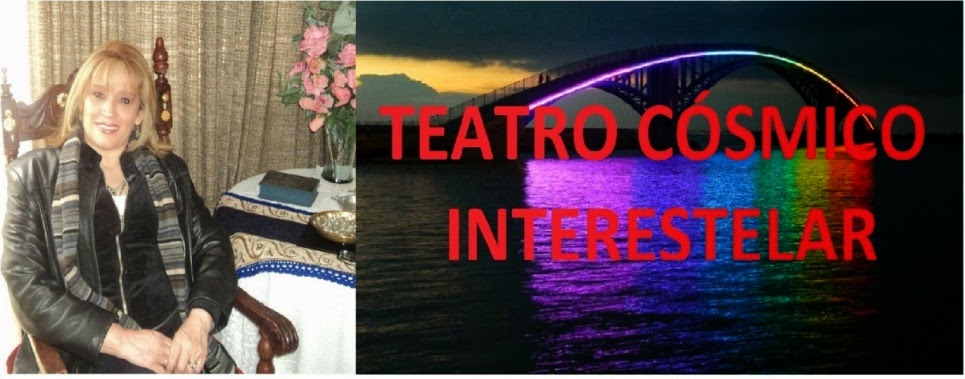Curiosity Zaps First Martian Rock
August 19, 2012: NASA's Mars rover Curiosity has fired its laser for the first time on Mars. On Aug. 19th the mission's ChemCam instrument hit a fist-sized rock named "Coronation" with 30 pulses of its laser during a 10-second period. Each pulse delivers more than a million watts of power for about five one-billionths of a second.
The energy from the laser creates a puff of ionized, glowing plasma. ChemCam catches the light with a telescope and analyzes it with three spectrometers for information about what elements are in the rock. The spectrometers record 6,144 different wavelengths of ultraviolet, visible and infrared light.
"We got a great spectrum of Coronation -- lots of signal," said ChemCam Principal Investigator Roger Wiens of Los Alamos National Laboratory, N.M. "Our team is both thrilled and working hard, looking at the results. After eight years building the instrument, it's payoff time!"

This composite image, with magnified insets, depicts the first
laser test by the ChemCam, instrument aboard NASA's Curiosity Mars
rover. Image credit: NASA/JPL-Caltech/LANL/CNES/IRAP [Full image and caption] [Latest images]
"It's surprising that the data are even better than we ever had during tests on Earth, in signal-to-noise ratio," said ChemCam Deputy Project Scientist Sylvestre Maurice of the Institut de Recherche en Astrophysique et Planetologie (IRAP) in Toulouse, France. "It's so rich, we can expect great science from investigating what might be thousands of targets with ChemCam in the next two years."
The technique used by ChemCam, called laser-induced breakdown spectroscopy, has been used to determine composition of targets in other extreme environments, such as inside nuclear reactors and on the sea floor, and has had experimental applications in environmental monitoring and cancer detection. Today's investigation of Coronation is the first use of the technique in interplanetary exploration.
More information about ChemCam is available at www.msl-chemcam.com .
Production editor: Dr. Tony Phillips | Credit: Science@NASA

No hay comentarios:
Publicar un comentario